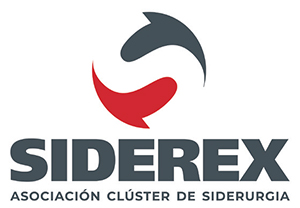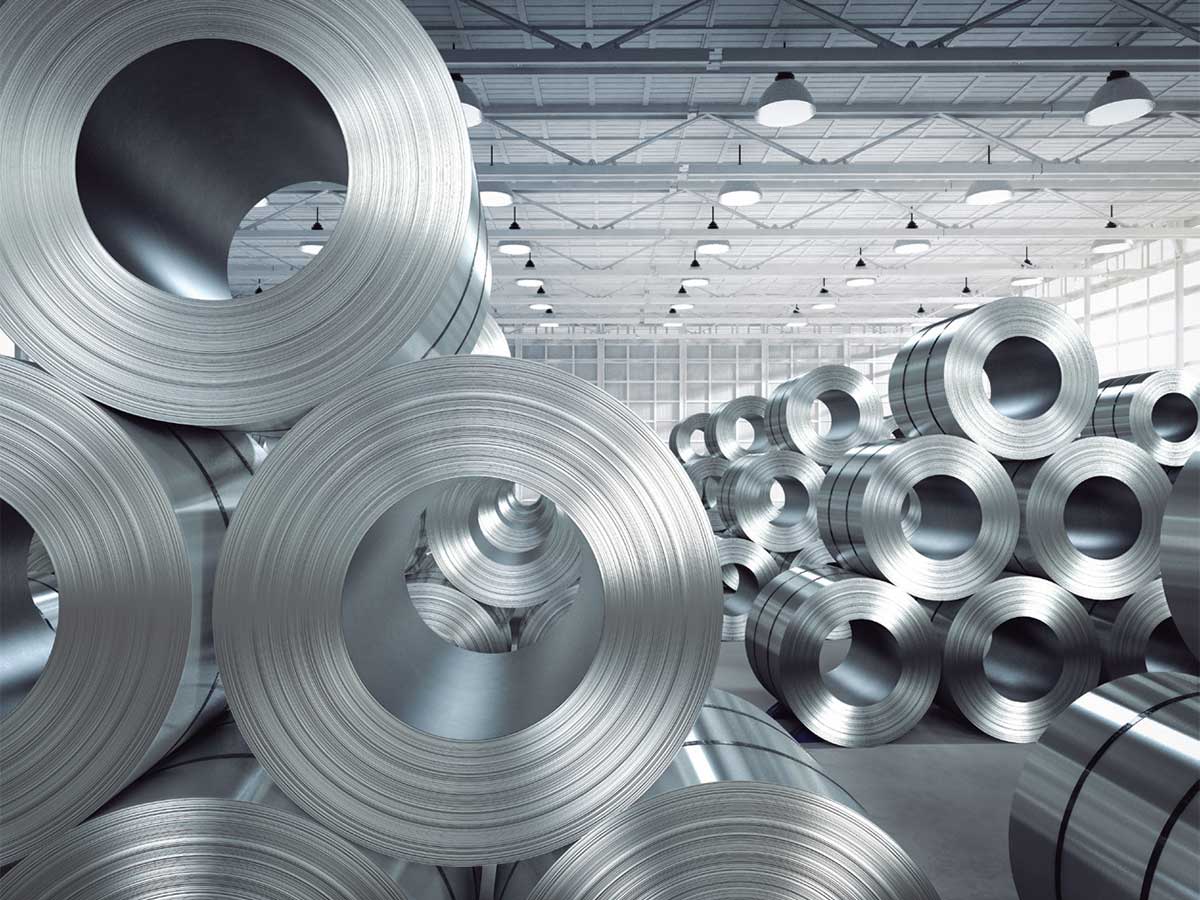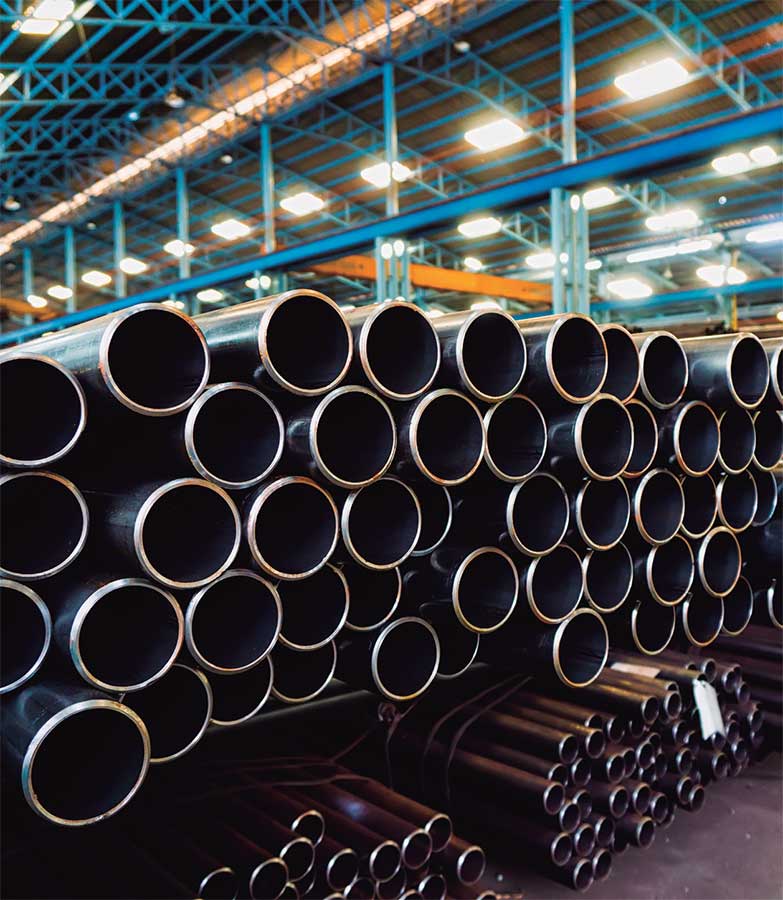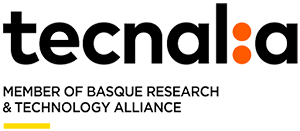HAMBEMET
CO-ORDINATED PEF IMPLEMENTATION IN METAL PANEL MANUFACTURING COMPANIES
THE PRODUCT ENVIRONMENTAL FOOTPRINT (PEF) measures the environmental impact of a product or service throughout its life cycle. The Life Cycle Assessment (LCA) takes into account the different processes that are carried out to obtain the final product. Based on this analysis, Environmental Product Declarations (EPD) are made under the scheme promoted by the European Commission for PEFs. PEFs require environmental information on the product and its processes, and allow the company to differentiate itself from its competitors, anticipate legislation, penetrate in new international markets and strengthen its environmental commitment.
This certification is relevant for the Basque steel sector, as a manufacturer of metal panels, one of the priority products for the Basque public administration in these sectors. The HAMBEMET project is led by SIDEREX (Spanish Association of Steelworks Exporters), the Basque Steel Cluster, along with EKOTEK and FACTOR CO2 as partners, and TECNALIA as subcontracted Technology Centre. Companies participating in the cluster included ARCELOR MITTAL, ARANIA, TATA STEEL, PRODUCTOS TUBULARES and TUBOS REUNIDOS.

DRIVING FACTOR


 OBJECTIVES
OBJECTIVES
- Coordinated implementation of the methodology to calculate the European Environmental Product Footprint of metal panels manufactured by Basque companies.
- Apply the rules corresponding to the product category “Product Environmental Footprint Category Rules (PEFCR) for Metal Sheets for Various Applications” (June 2019) to a representative group of companies in the Basque steel sector, in a co-ordinated and collaborative process.
- Apply the PEF methodology to obtain the Environmental Footprint of other companies in the iron and steel sector, calculating the Environmental Footprint of their products, even if there is no explicit PEFCR.
 RESULTS
RESULTS
- The PEF of one product from each of the five participating companies was calculated.
- A specific tool was developed to calculate the PEF of steel panels or upstream products in the value chain.
- Using a circularity formula in order to model the end-of-life phase of the product or system under study.
- Promotion of project replicability, demonstrated by PEF calculation in tubes.
- Dissemination of the project and tool.
 CONCLUSIONS
CONCLUSIONS
- With currently high raw material and energy prices, the calculation of PEF is particularly relevant as it allows companies to identify clearly and concisely the main stages and processes in the life cycle of products where savings in materials and energy can be made; thus, considerably reducing environmental impact and production costs.
- Since the environment is a key competitive factor, starting PEF implementation as soon as possible is essential to be prepared in advance for what seem inevitable future market and legislative requirements, which are becoming increasingly important and could put unprepared companies out of business.
- The tool developed in the project will be made available to SIDEREX so that it can be used by other companies in the Basque steel sector that are interested in improving their environmental performance and reducing production costs.
ENVIRONMENTAL
TECHNICAL
ECONOMIC
COMMERCIAL
ON THE MARKET



